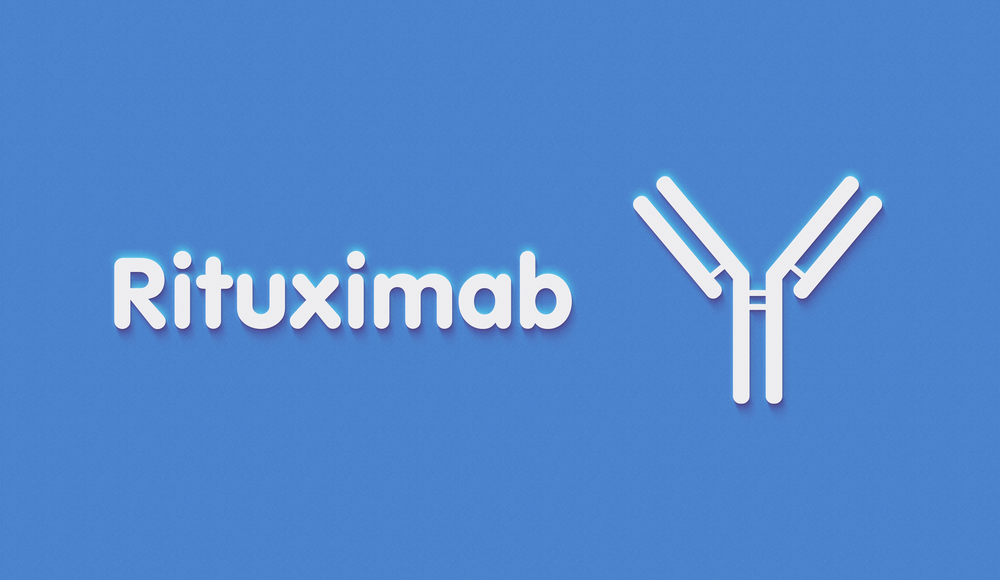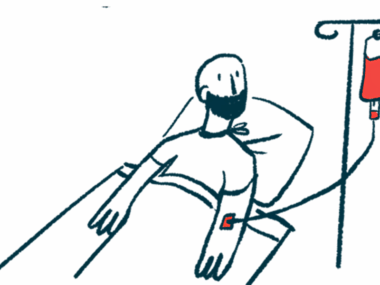#AAN2018 – Rituxan a Promising First-line Immunotherapy in Late-onset MG, Study Suggests
Written by |

Treating late-onset myasthenia gravis (MG) with Rituxan (rituximab) eases disease symptoms, shows a positive safety profile, and allows patients to reduce other medications, researchers say.
Their study, “B-cell depletion in late-onset myasthenia gravis is safe and effective; a case series (P6.439),” was presented as a poster at the 2018 American Academy of Neurology (AAN) Annual Meeting last month in Los Angeles.
The study’s abstract was also published in the journal Neurology.
Symptoms of late-onset MG typically start after age 50. This MG subtype presents different therapeutic challenges than those with earlier disease onset. Particularly, late-onset MG patients have greater risks associated with immunosuppression due to their advanced age.
Rituximab, marketed under the brand name Rituxan (Genentech) in the U.S. and MabThera (Roche) in Europe, is a medication for certain types of cancer as well as autoimmune diseases such as rheumatoid arthritis.
Rituxan targets a protein called CD-20, which is found in B-cells, a type of immune cell that produces antibodies that are harmful in myasthenia gravis. By binding to CD-20, Rituxan lowers the levels of B-cells, which may halt the progression of MG and ease its symptoms.
The researchers analyzed Rituxan’s effectiveness and safety by treating six late-onset MG patients (five women and one man) with the therapy, ultimately evaluating its potential as a first-line immunotherapy.
Mean age of myasthenia gravis onset was 66 (range 53-74). All patients tested positive for antibodies targeting acetylcholine receptors (AchRs), a characteristic finding in MG patients. The production of these antibodies reduces the number of AchRs available for binding on the surface of muscle cells, which leads to impaired muscle contraction.
Two patients underwent a thymectomy, the surgical removal of the thymus, due to a tumor in the thymus cells (thymoma), which is frequently associated with MG. Five had myasthenic crisis, which is characterized by the progression of muscle weakness, leading to respiratory failure. Two of these patients required intubation.
All patients were taking the MG medication Mestinon (pyridostigmine) as well as prednisone (dose range of 15-40 mg daily). One patient was also on cyclosporine, another on monthly intravenous immunoglobulin (IVIG) infusion therapy, and an additional patient was on twice-weekly plasmapheresis, or plasma exchange.
Three patients were non-responders to treatment, while three developed side effects to immunosuppressant therapy with prednisone, such as hip fracture, uncontrolled hyperglycemia, Cushingoid features, and shingles.
Importantly, patients improved to MGFA class 0–1 (maximum is 5 and corresponds to greater severity) within a mean Rituxan treatment duration of six months.
All patients were able to stop or significantly reduce maintenance medications. Two patients did not need repeat Rituxan infusions for more than 12 months, while two others developed pneumonia and rash after infusions, which were easily treated.
“We propose that B-cell depletion, specifically in [late-onset MG], should be considered as first-line immunotherapy,” the researchers wrote. “The side effect profile of B-cell depletion was similar if not superior to that of chronic steroids and immunosuppression.”
But the authors cautioned that larger studies are required to assess the ideal dosage of Rituxan and the frequency of monitoring and redosing.






Leave a comment
Fill in the required fields to post. Your email address will not be published.